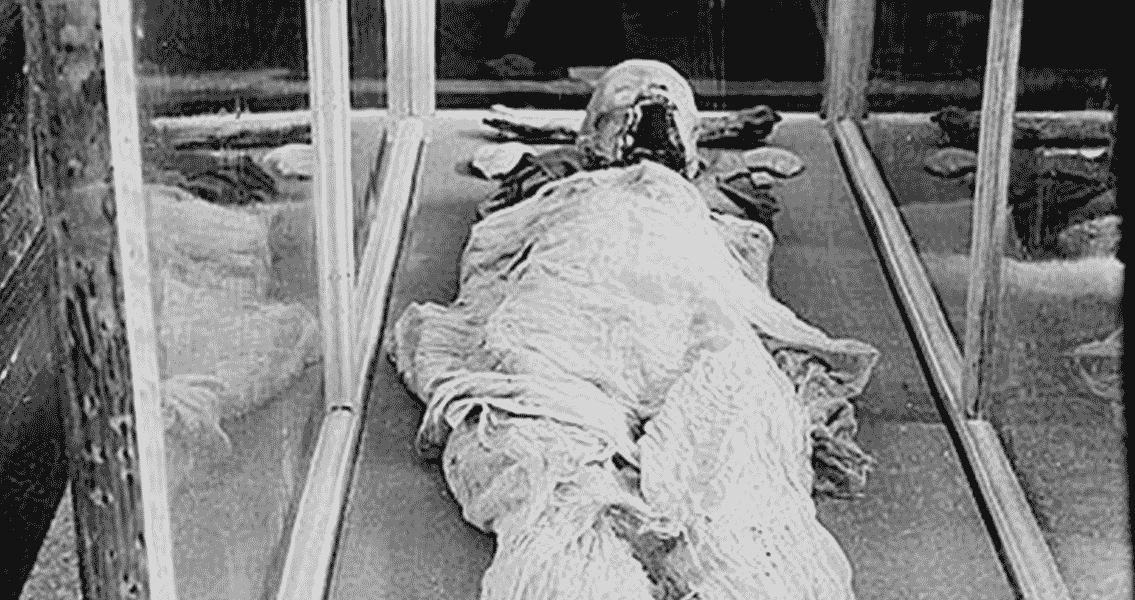<![CDATA[Earlier this month, a new historical centre was opened in West Palm Beach called; "Afterlife: Tombs and Treasures of Ancient Egypt", at the South Florida Science Centre and Aquarium. Inside there are many items that display Egypt's history, but there is one in particular that created a bit of a buzz before it even entered the museum. It is a 2,100 year old Egyptian mummy, which is believed to have been a girl that died between the ages of 4 and 8. The mummy's last stop before Miami was Taipei, Taiwan, where 1.35 million people stood in line for six hours to see it. The cause of death and identity of the mummy was shrouded in mystery, so a medical team from St. Mary's Medical Centre in West Palm Beach sought to find out what really caused the death of this young girl. 'Mummy Girl', as she has been called, went on display on October 10th at the exhibition. The exhibition itself contains over 200 authentic artefacts from recent and past expeditions. The artefacts have all been on tours throughout Europe and Asia. The radiology team has revealed that the mummy's death was caused by appendicitis. They determined this by performing a CT scan on it, allowing them to come up with a working diagnosis. They looked at the mummy's size, bone structure, and teeth. The first diagnosis was tuberculosis, because of what appeared to be missing vertebrae in the lower spine. The recent scans have shown that the girl was a Caucasian toddler no older than 3, and suggest that she may have died from a ruptured appendix. The doctors noticed a small, bright spot in her central abdomen that measured 4.87 centimetres in diameter. They interpreted this as a calcified deposit that caused a blockage in her appendix, which would have eventually caused it to rupture. Although some of her bones were out of place, most of them were still intact. The doctors also discovered that the "missing" vertebrae weren't really missing at all. They were just displaced all the way up to her chest. The researchers believe that the bones may have shifted as a result of the mummification process. It is especially worth remembering that children of her age don't usually have their bones completely fused in place. The recent discovery is causing scientists to wander if this is the oldest known case of death by appendicitis. The Mummy Girl is believed to have lived sometime between 30 BC and 300 AD, around the time the Roman Empire was at its height. About 20 doctors were involved in the analysis. Their study on the Mummy Girl involved factors such as the age and history of the mummy. They pinpointed the cause of the medical problem through a process of elimination, by narrowing down potential causes from three major categories: infection, cancer, and accidental or non-accidental trauma.]]>
Doctors Solve Mystery Death of Mummy Girl
